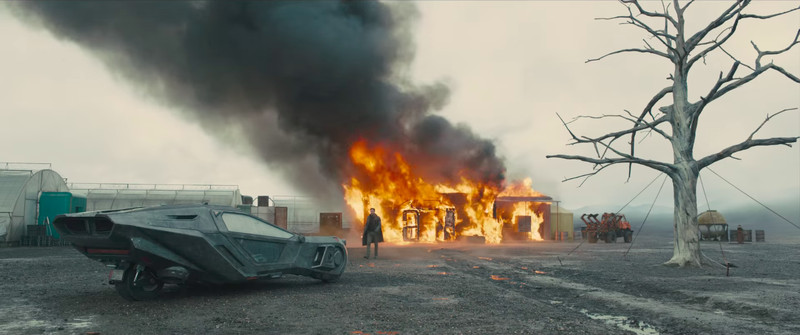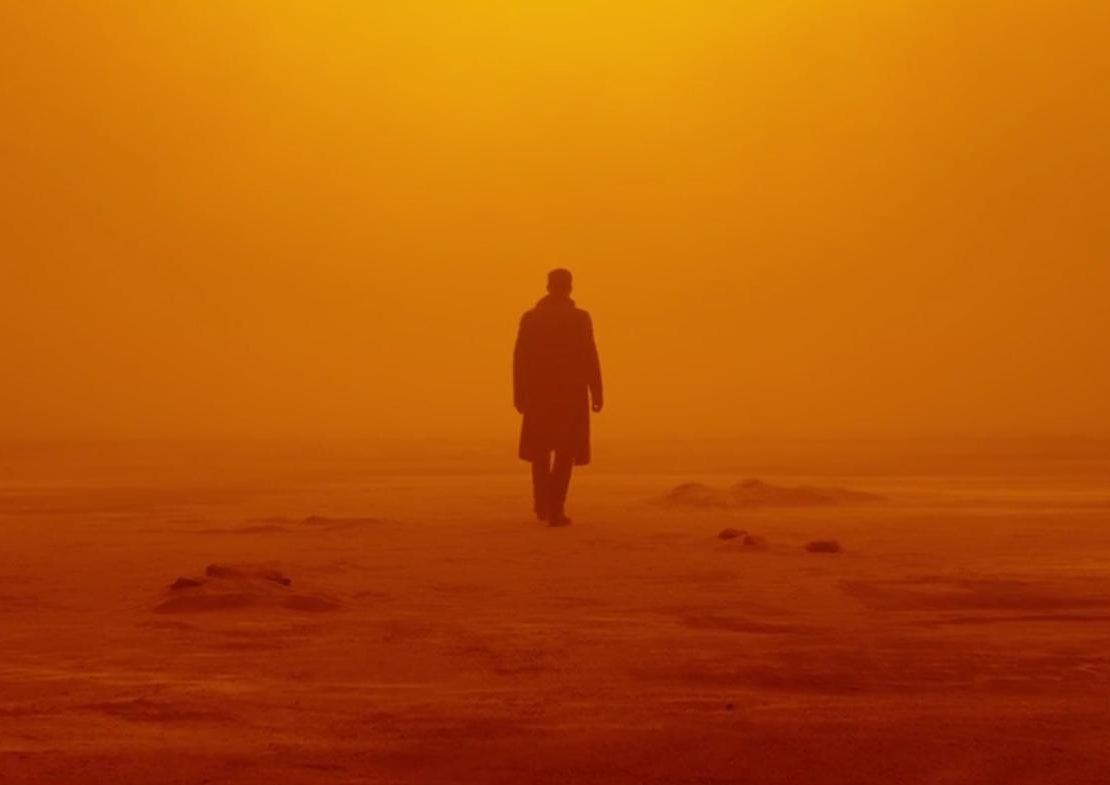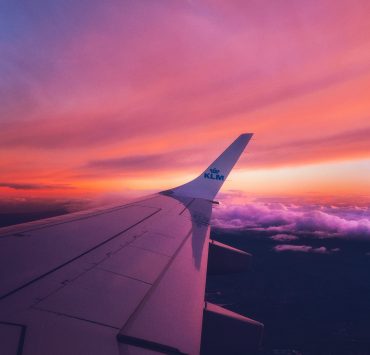After the critically acclaimed film Arrival, filmmaker Denis Villenueve returns with Blade Runner 2049—a compelling sequel to the 1982 classic Blade Runner 2019. The year is 2049—and it’s not too far away from today, by the way. Set against a technology-driven society, the film shows the story of blade runner K (Ryan Gosling) as he investigates the ability of replicants to procreate.
Although the film progresses slowly, Roger Deakins engages us with powerful images along with Hans Zimmer’s enthralling musical score. It’s a great film about how nonhumans are actually better humans than humans. However, there’s one thing that worries me in the film. While the vast hazy orange atmosphere looks good in the film, I’m bothered there isn’t any trace of nature in the film—there’s a tree, but it’s dead.
Is this what 2049 looks like? Well, the year after shows that environmental conditions will just get much worse.
Air quality will kill people

In a report from Reuters, air quality could kill 6.6 million people in 2050. At the time of the study, researchers found that the current air quality is already killing 3.3 million people each year. The researchers found that emissions from heating and cooking are the primary air pollutants in China and India. Meanwhile, traffic and power generation emissions are the primary sources of air pollutants in the US. In the Philippines (and maybe anywhere else in the world), the number of vehicles on the road is seen as a major source of pollutants.
It’s going to be hotter

If you’re already complaining about the heat today, can you imagine how you’d react to the heat of 2050? According to a BBC report, the temperature could rise by three degrees Celsius. The temperature in the future will depend on what we do today. However, Science Nordic says the temperature would still continue to increase even if we stop greenhouse gas emissions today because of the earth’s long adjustment period.
There might be shortage in coffee

As the heat rises in 2050, food production will also be threatened. According to a Business Insider report, the increase in temperature will force bees to move to cooler mountainous areas. Bees are responsible for 35 percent of the world’s food production, while they also increase outputs up to 87 percent.
Coffee is one of the crops that bees pollinate. With the threat of climate change, the largest coffee-producing regions in the world could decrease production up to 88 percent.
In general, there is a need to increase food production as the population will approximately grow to nine billion. In order to sustain this growth, roughly 2,980,000 square kilometers of forests might be transformed into agricultural lands. The process of turning these forests into grasslands could release 169 billion tons of carbon dioxide.
All photos belong to Blade Runner 2049, courtesy of Vox.com
Read more:
This artificial glacier helps water the Himalayas
This beverage corporation’s swearing off bottled water
Would you move to an island made of plastic?
Forget IKEA lamps—a lamp made of mushroom exists
Writer: OLIVER EMOCLING




